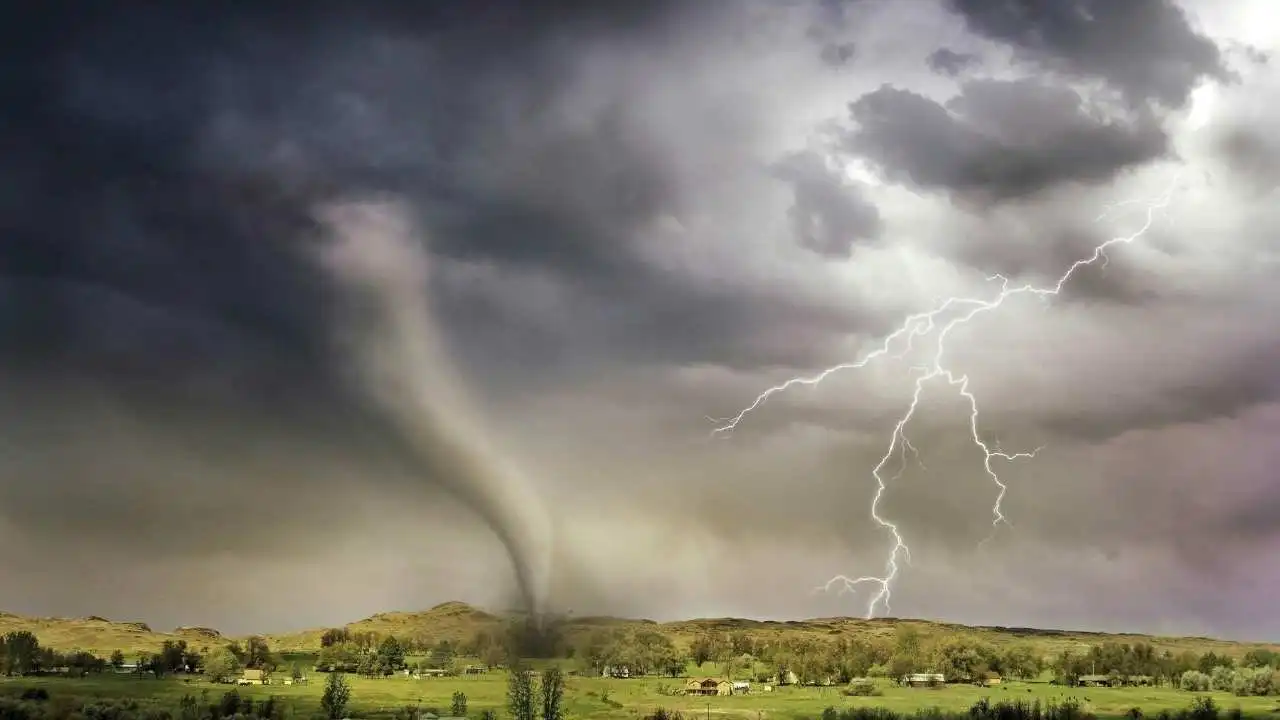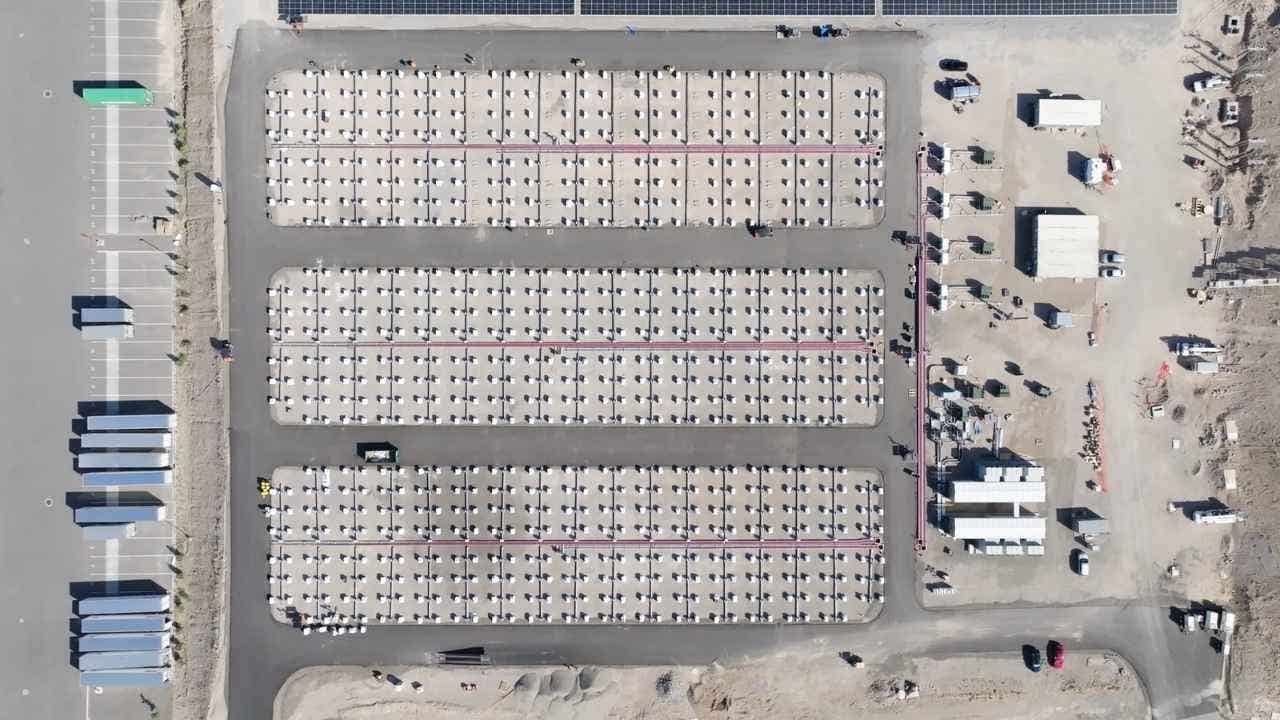What are the chances of Earth being hit by a big asteroid?

Last week, the Vera C. Rubin Observatory made headlines with the release of its first images, showcasing a video of over 2,000 newly discovered asteroids. This exciting development underscores the ongoing activity within our solar system, reminding us of the vastness of space and the potential threats that asteroids pose.
Asteroids are remnants of the early formation of our solar system, primarily found in the asteroid belt between Mars and Jupiter, as well as the Kuiper Belt beyond Neptune’s orbit. Despite our knowledge of these rocky objects, there are still countless asteroids drifting through space, waiting to be identified.
The Simonyi Survey Telescope, equipped with the Legacy Survey of Space and Time (LSST) camera, wasted no time in its asteroid hunt, detecting over 2,000 previously unknown asteroids in just 10 hours. This rapid discovery highlights the advanced capabilities of the Vera C. Rubin Observatory and its potential to revolutionize asteroid detection.
While the thought of asteroids hurtling towards Earth may sound alarming, the chances of a catastrophic impact are extremely slim. Scientists estimate that approximately 44 tonnes of meteoric debris enter Earth’s atmosphere daily, with most burning up harmlessly. However, the risk of a larger asteroid collision remains a possibility, albeit remote.
Tracking and understanding asteroids are crucial tasks, with NASA having identified over 1.4 billion asteroids, including 95% of those one kilometer or larger. The Rubin Observatory aims to discover 89,000 near-Earth objects and 3.7 million main-belt asteroids, further enhancing our understanding of these celestial bodies.
The significance of asteroid detection is not just theoretical. Smaller asteroids can impact Earth periodically, causing minor damage like broken windows. Larger asteroids, such as a one-kilometer-sized object, could have devastating consequences, with impacts occurring roughly every 700,000 years.
Recent studies have highlighted potential asteroid threats, such as 2024 YR4, a 60-meter asteroid initially thought to pose a risk of striking Earth in 2032. However, further analysis has ruled out this possibility, with a slim 4% chance of impacting the moon instead.
In the event of an asteroid striking the moon, debris could potentially reach Earth, creating a spectacular meteor shower. While this scenario may sound ominous, astronomers are confident that refined orbit calculations will eliminate any threat to satellites or Earth.
Despite the occasional concerns raised by asteroid discoveries, experts like Paul Weigert from Western University remain optimistic about our ability to monitor and mitigate potential risks. With advanced observation systems like the Rubin Observatory in place, the ongoing search for asteroids continues, ensuring the safety of our planet for generations to come.




